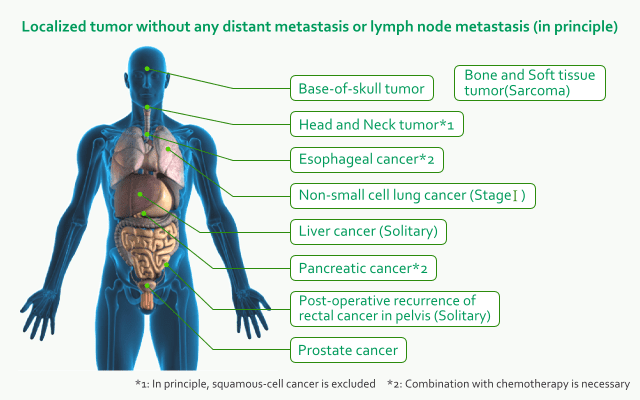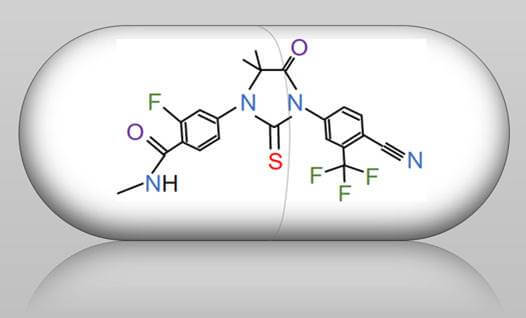3D CRT is one of the most common forms of external beam radiation therapy. The radiation beams are customized to match the shape of the tumor.
In the past, radiation beams only matched the height and width of the tumor — exposing healthy tissue to radiation. Advances in imaging technology have made it possible to locate and treat the tumor more precisely.
Conformal radiation therapy uses CT planning images and sometimes other scans, such as MRI scans to focus precisely on the tumor, while avoiding the healthy surrounding tissue.
This exact targeting makes it possible to plan the radiotherapy treatment area very precisely in 3 dimensions – width, height and depth.





